

Lenses work on the principle of refraction in order to converge or diverge a ray of light, and in this way, they form an image. Refraction happens when a ray of light passes from one medium to another, and during this, it changes its speed and bends. A lens usually has one side that is curved. Based on the curve of a lens, it is classified as either a convex or concave lens.
Here we have talked about the working principle of a convex lens and how it is used in different devices for varying purposes.
This is the type of lens that has a curve in such a way that it is thin on the edges, but when it comes to the center, the lens is rather thick. In other words, if the surface of a lens is seen to be curved outside, then it is identified as a biconvex lens. The main purpose of the convex lens is to converge the ray of light coming in from an external source, and as a result, the ray of light is focused on the other side of the lens, which helps to form an image.
The point where the light converges is stated as the focus, and the focal point is known as the distance that is covered from the center of the lens to the focus. Since a convex lens is known to be the ray of light towards one particular focal point, this lens is also known as a converging lens.
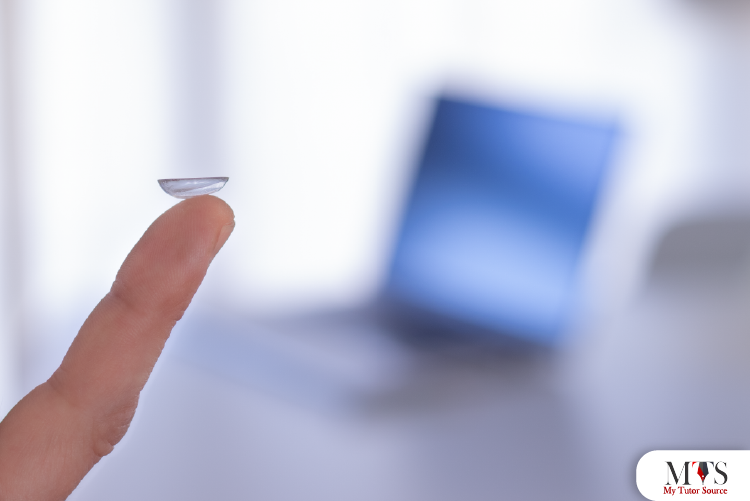
Basically, a convex lens forms up two types of images, either real or virtual images. Real images are the type of images that can be seen on a screen, and they can be captured there. Only convex lenses are able to produce real images, so the lenses that are part of our tv screens or cinema screens that show us the captured image are basically using convex lenses.
On the other hand, convex lenses are also known for making virtual images as well. These are the type of images that we usually see through the lens. They have a shorter distance from the focal point. For example, the images we see while wearing spectacles are virtual images. When convex lenses are added to spectacles, we view the image formed on the lens, and we look at the image from there.
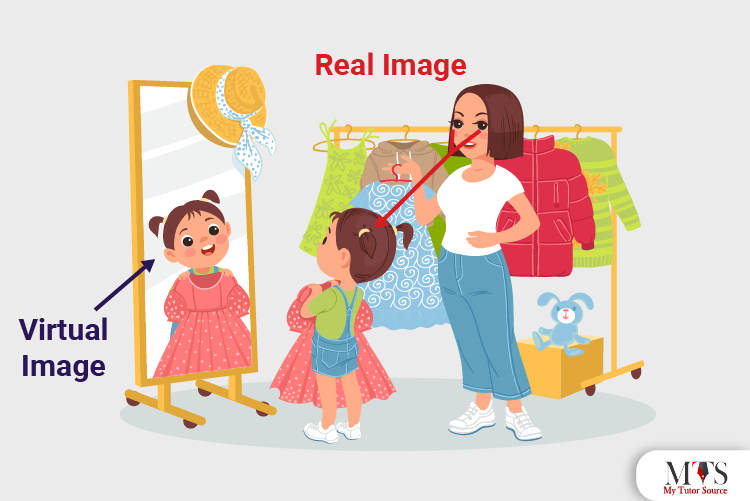
The magnification of a convex lens is basically the correlation between the height of an image and the object. It enlarges the image of the given object. The extent of magnification of the lens is referred to as the magnification power of the lens. In this way, the magnification power determines what will be the height ratio between the image and object and how enlarged the image will appear to us. Let’s suppose the magnification of the lens is set to 3. It will simply mean that the image height of the object is 3 times more than the height of the object, as the object has been magnified in the image with the help of the lens.
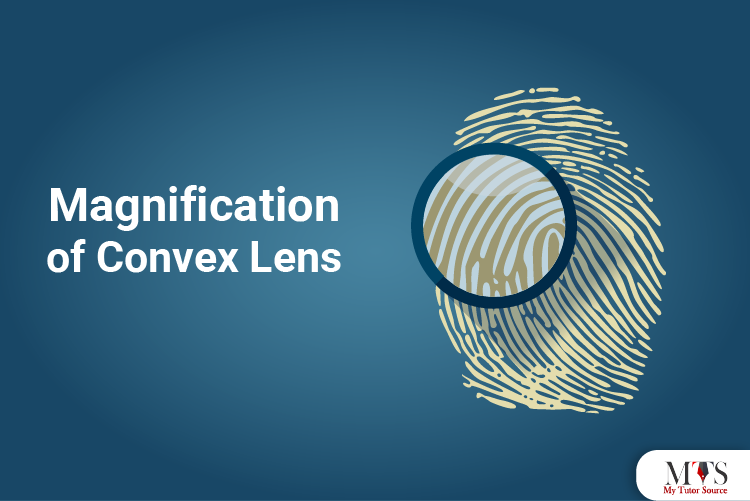
The image that is formed by a convex lens is usually formed in such a way that as we bring the object closer to the lens, the image formed gets magnified in size. When the object is closest to the lens, at the point, the formation is quite enlarged. There are some rules associated with image formation by a convex lens. Here we have listed some basic rules that are connected with the formation of an image by the use of the convex lens.
RULE 1: When refraction occurs, a light beam must go through the focus of the lens. The light beam should be aligned or parallel to the principal axis.
RULE 2: as a result of refraction, the light beam will not bend out when it goes through the convex lens’s optical center. It will remain straight. Even if the ray of light is going through the pathway of the principal axis of a convex lens, it will remain straight as well without any bend.
RULE 3: as a result of refraction, the beam of light that has gone through the focus of a convex lens will be becoming parallel to that of the principal axis of the given convex lens.
Here we have discussed some of the functions associated with the convex lens that is important for its normal working principles:
Based on their structure and working, convex lenses have a broad range of uses. Some of these uses have been discussed below:
A magnifying glass helps us view the image formed in an enlarged form. It is not actually enlarged, but the lens in the magnifying glass makes us believe that the object that is behind the glass is actually big and enlarged. The magnified image is created when light rays are passed from the convex lens that is present in the glass. The extent of object enlargement depends on the distance of the object from the focal point.

When the light is not focused properly from the eye lens onto the retina, there can be a problem in image formation. This results in two kinds of problems, i.e., nearsightedness and farsightedness. When we face the problem of farsightedness, it is usually treated with the help of convex lenses.
In the condition of farsightedness, the image is formed quite far away from the retina, which makes the vision blurry. To fix that, a convex lens is added to the eyeglass. When wearing eyeglasses with a convex lens, the distance between the focal point and the lens is reduced, which makes it easy for the lens to focus the light onto the retina, and hence a clear image is then formed.
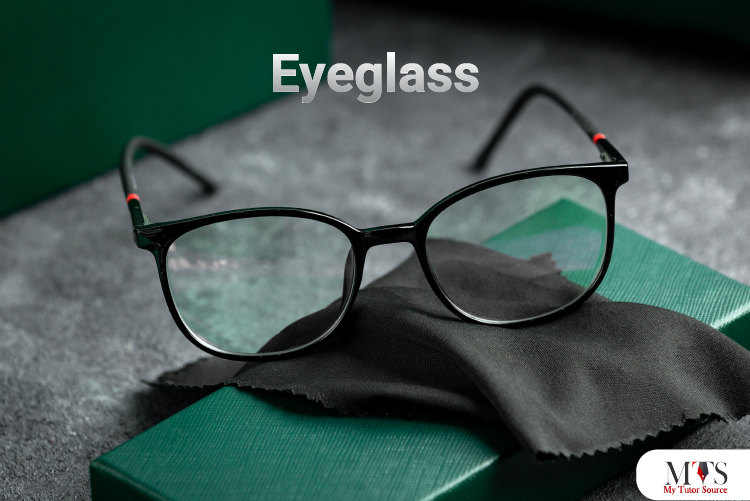
In the camera, a convex lens is added to capture a perfectly focused image. After adding the convex lens, the camera is able to magnify the object properly to form a clear image. A camera does not contain a single lens only. There are a series of lens that are added to it that makes it easy for the camera to focus and magnify clearly. Usually, a sandwich of the lens is made—a concave lens between two convex lenses.
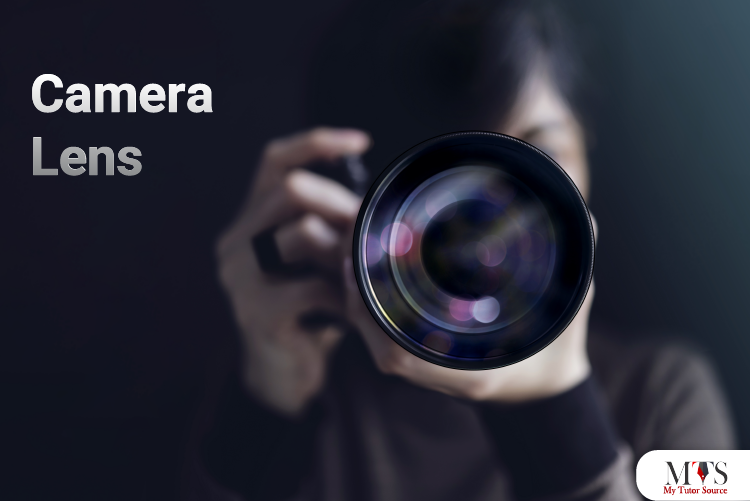
The purpose of a microscope is to magnify the object placed on it. Since convex lenses are good at magnifying the object to form a better image, a convex lens is added to the microscope. When the convex lens is added to the microscope, it becomes easy to magnify even very small objects quite easily.

Convex lenses have several shapes and sizes based on their appearance and working principle. They have been divided into several types. These are the few types of convex lenses as discussed below:
The purpose of this type of convex lens is to focus the parallel light rays into a single focal point. The reason these lenses are known as Plano-convex is that Plano refers to the flat side of the lens, whereas convex refers to the other outward curved side of the lens. In this way, the lens has one flat and another curved side.
Since plano-convex lenses are used to magnify the object image when they are added between the eye and the object, they are used in microscopes and telescopes for magnification purposes. It is also added to the eyeglasses in order to treat the problem of farsightedness. This type of convex lens is also used in the process of material cutting via laser. Since these lenses help to widen the laser’s cut width, it helps the laser to make a more effective cut in the material.
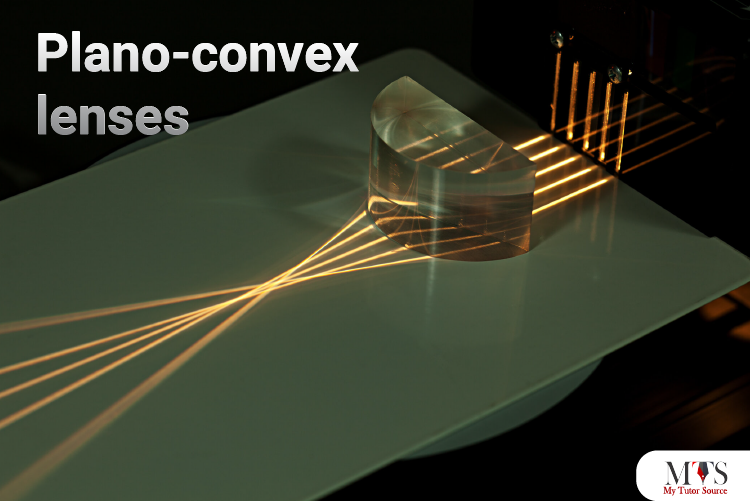
This type of lens is also known as a convex-convex lens. As the name suggests, these lenses have a double-sided curvature in a way that they are bulged outwards with a convex curve on both sides of the lens, unlike the plano-convex lens that has a curve on the single side of the lens only. A double convex lens can form a real and a virtual image as well. Although the curve appearance might differ, the working principle of the double convex lens is quite similar to that of the plano-convex lens as it also focuses the light beams that are in a parallel manner to a single focal point. The application of the lens can be like a plano-convex lens because both offer the purpose of magnification.
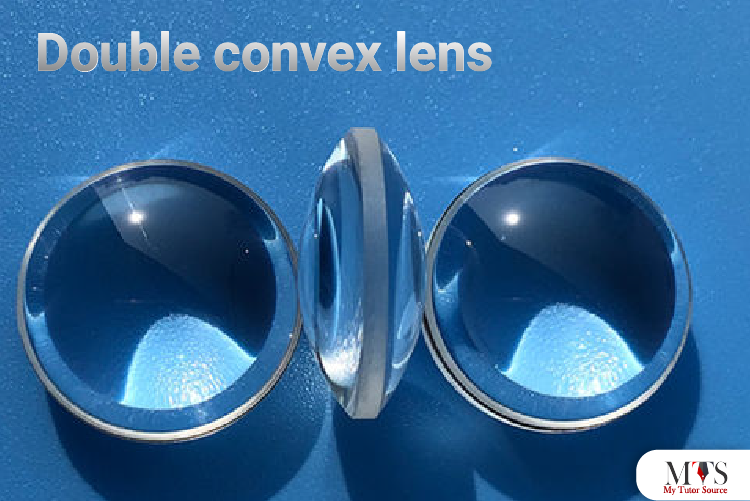
This is the type of lens that has the properties of both concave and convex lenses. It is bulged outwards on one side while it is bulged inwards on the other side of the lens. In this way, this type of lens is identified as convex and concave both at the same time.
The concave and convex lenses usually differ with respect to the physical and general working properties. Based on their differences, they offer different uses. Here is some common difference that is noted in the types of lenses.
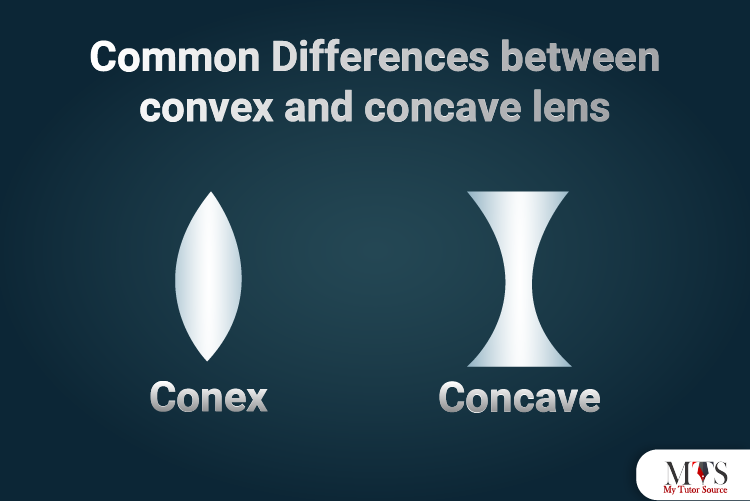
The main difference between the two types of lenses is that the concave lens is known to diverge the ray of light that befalls its surface, and on the other hand, the convex lens is known to converge the light rays that fall on its surface.
The shape of both lenses differs, which brings changes to their physical properties and appearance. Due to their difference in shape, their uses differ. The shape of the concave lens is such that it bulges out from the outward side and is thin inward.
The focal length of both lenses differs in the way that a convex lens has a positive focal length while, on the other hand, a concave lens has a negative focal length.
Both lenses form different types of images. The convex lens is usually able to generate both types of images, i.e., real and virtual. It can form a virtual image when we place the object in the center of the focus. On the other hand, a concave lens is only able to generate an image that is virtual. This formed-up virtual image is erect and usually smaller in contrast to the object.
Owing to the shape of the lenses, the object appears different from both lenses. Since the convex lens has a thick and bulged center, we can view the object as being big and close to us, whereas the concave lens has a plain thin center that makes the object appear tiny and at a distance.
Both of these lenses are used to correct the eyesight issues. Some people have the issue of farsightedness, also known as hyperopia, while some people have the issue of shortsightedness, also known as myopia. The convex lens is used for the treatment of hyperopia in people, and the concave lens is used to treat myopia in people.
Lenses are used to either converge or diverge the ray of light that helps to form an image when a certain object is placed in between. There are two main types of lenses, concave lens, and convex lens. Convex lenses are bulged out in the middle while it has thin edges, and it is used to form both types of images, either real or virtual. When people have an eyesight issue, then convex lenses are used to treat the issue of farsightedness.
Learn more about the functionality of lenses and how they serve different purposes from our online and private tutors.